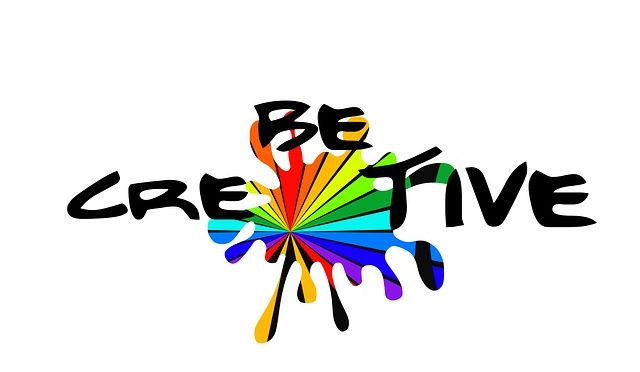As community college faculty, we often think that we are employed to teach our students. Or inspire our students. Or encourage our students. Or all of the above. It is a little surprising when you learn that you may be potentially killing students future. Now I dont mean that you or I might be sucking the life out of them. Instead, we may be extinguishing a key part of their future success, their creativity.
Last Spring I read a blog post by Saga Briggs titled “Creativity Killers: 10 Habits to Kick”. In this post, she looks at some of the research on what faculty do that unintentionally impedes creative growth. Her article got me thinking about my own teaching practices and some of the things I might be doing to kill student creativity (I think it is more like involuntary manslaughter).
1. Administering assessments with multiple choice, matching, and short answer questions.
Many faculty utilize these type of assessments because they are easy to grade and lend themselves to being administered online. Using these type of questions can free up time in class by moving homework and quizzes online. But at what cost?
These type of assessments promote a there is only one answer attitude in our students. It is limitingyou either have it or you dont. And they may not reflect the students knowledge if you have written the question poorly. In mathematics, students complain that they have to put their answer in a certain format for it to be graded correctly. There is some validity to this claim, but the bigger picture is that they are obsessed with answering these basic questions correctly. They should be looking to challenge themselves. If all we do is administer these types of questions, what expectations are we signaling to the students?
Creativity is fostered when students go beyond our expectations.
2. Administering assessments that require deeper thinking before the basic facts are established.
In a typical math classroom, students learn basic processes like factoring and solving equations. Then the learning is applied to more complicated problems. Unfortunately, if the basic facts are not mastered, the applications will certainly not be mastered. You cant expect anatomy students to understand how the different parts of the body interact if they cant name the components of these systems. Chemistry students cant carry out a basic titration in the lab successfully if they have not mastered the basics of a titration curve. Perhaps the need to give students more practice on basic facts is what leads us to administering more multiple choice and fill in the blank questions.
If we want to help students to be creative, there is a certain body of knowledge that needs to be automatic.
But what is in this body of knowledge? Is it the same today as it was twenty years ago? For example, twenty years ago most math instructors would have said that most students need to be able to graph many basic functions by hand. With the introduction of graphing technology and smartphones, students can argue that they can graph most (if not all) basic functions more accurately on their cell phone. Do students need to be able graph functions by hand in order to apply their graphs in a creative fashion?
I am struggling with the answers to these and other questions regarding creativity. Take a look at Saga Brigg’s post. Could you be accused of being a creativity killer?


